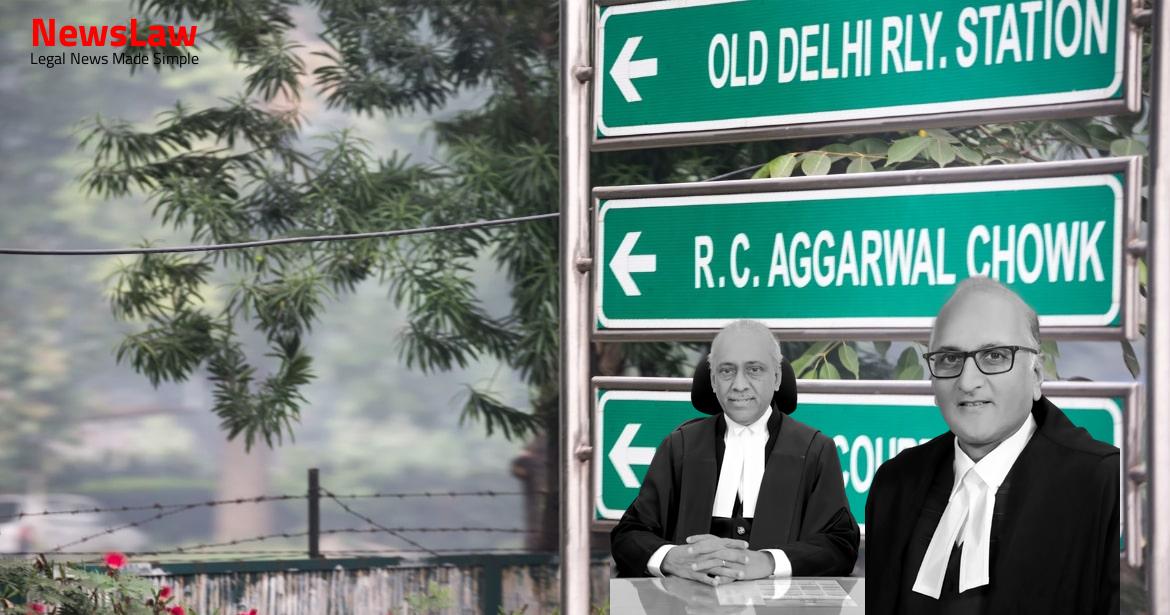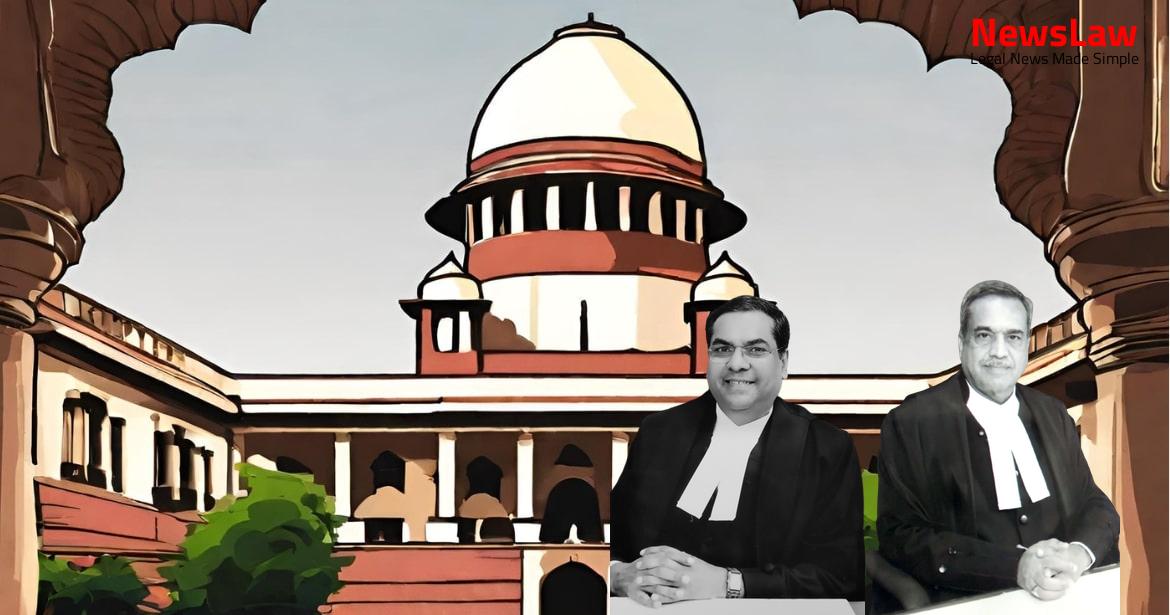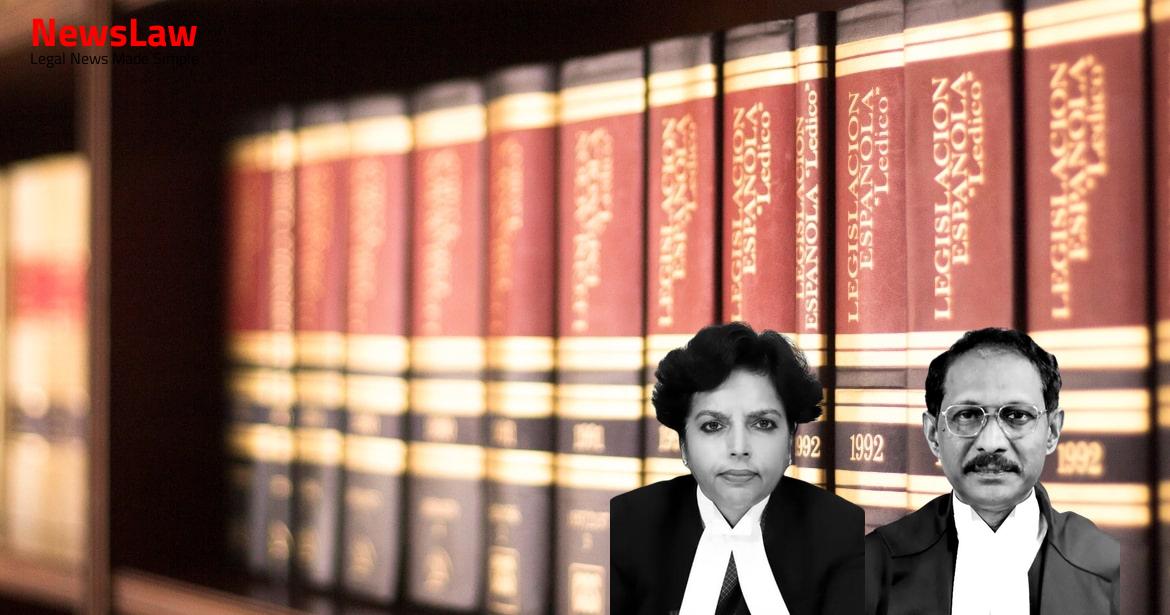In a landmark judgement by the Supreme Court of India, the case of Jaspal Singh v. Raj Rani & Sudesh Rani revolved around the interpretation of common passage rights in a property dispute. The dispute stemmed from the sale deed involving a piece of land and the disagreement over the shared access to a common passage. This case sets a precedent for clarifying ownership rights and obligations in similar property disputes, defining boundaries and common areas for the involved parties.
Facts
- Sh. Jaspal Singh, along with Smt. Raj Rani and Smt. Sudesh Rani jointly purchased a piece of land measuring 3116 square yards, more popularly described as plot no. 8C, Rajpur Road, Civil Lines, Delhi vide sale deed dated 30.09.1972.
- Portions A and B were divided by Sh. Jaspal Singh, each measuring 699 square yards, and sold separately via registered sale deeds dated 12.04.1974 to plaintiff-respondents and defendants-appellants respectively.
- The defendants-appellants were required to leave a 15 feet wide common passage for the common use of owners of portions A & B according to the sale deed of the plaintiff-respondents.
- The defendants-appellants contended that the common passage mentioned in the sale deed was intended to be exclusively for their use and not shared with the plaintiff-respondents.
- Despite the sale deed mentioning a 15 feet wide common passage, the actual width of the passage is only 10-11 feet, which has not been objected to by either party.
- The plaintiff-respondents filed a suit for permanent injunction in 1991, alleging that they have the right to use the entire common passage shown in green colour on the map attached to the sale deeds, including the portion running across the defendants-appellants’ property.
- The court of first instance dismissed the suit, but on appeal, the judgement was reversed, and the suit was decreed in favor of the plaintiff-respondents.
- Plaintiff-respondents appealed against Trial Court’s judgement
- High Court allowed the appeal in judgement dated 01.11.2011
- Entire common passage X-Z1 declared usable by owners of portions A and B
Also Read: Mesne Profits Determination: Enforceability of Final Decree
Issue
- The main issue in this case is the interpretation of the sale deeds regarding the common passage.
- The sale deed clearly states that the vendor transferred absolute rights in portion A along with the use of a 15 feet wide common passage for access to the back portion.
- The dispute revolves around whether the common passage is to be shared by both parties or if certain sections are exclusive to the defendants.
- A map accompanying the sale deeds shows the common passage in three parts labeled X-Y, Y-Z, and Z-Z1.
- The key question is whether the common passage encompasses the entire X-Y, Y-Z, Z-Z1 path or only the X-Y portion.
- The determination of this issue hinges on the interpretation of the sale deed language and whether both parties have access to the entire common passage or just a portion of it.
Also Read: Joint Property Dispute: Nandu Lal v. Brij Mohan & Ors.
Arguments
- Sale deed Ex.DW1/1 by Jaspal Singh to the plaintiff included a clause for leaving a 15 feet passage for access to the rear portion.
- No corresponding clause in favor of the plaintiff for a common passage in front of the defendants’ portion.
- The site plan attached to the sale deeds did not accurately reflect the true intentions of the parties.
- The agreement to sell Ex.DW1/2 witnessed by Shri R.P Bansal lacked a clause for the plaintiff’s right to a passage.
- The plaintiff had to sacrifice the 15 feet passage due to receiving the front portion for the same consideration amount as the defendants receiving the rear portion.
Also Read: Landmark Judgement in the Case of T.P. Murali v. Kerala Agricultural University
Analysis
- The court of first instance correctly interpreted the sale deeds to determine that only the plaintiff, owner of portion A, was required to provide a 15 feet wide common passage, not the defendants who own portion B.
- The sale deed of the plaintiff explicitly stated the obligation to leave a 15 feet wide common passage for access to the back portion belonging to the defendants, whereas there was no such obligation mentioned in the sale deed of the defendants.
- The common passage referred to in the sale deeds and maps is specifically identified as the X-Y passage, to be left by the plaintiff for common use by both parties for ingress and egress to their respective portions.
- The first appellate court misinterpreted the sale deeds by assuming the entire passage from X-Z1 as a common passage, overlooking the clear stipulations in the documents.
- The sale deed did not provide any rights for the plaintiff to use portion B or any passage in it, clearly indicating that the common passage was limited to X-Y left by the plaintiff for the defendants.
- The intent behind using the phrase ‘common passage’ in the sale deeds was to specify the passage X-Y to be shared by both parties, not the entire passage from X-Z1.
- The drafting of the sale deeds by the plaintiff’s attorney, a senior advocate, did not include any mention of a 214 feet wide common passage, further cementing the fact that the X-Y passage was the intended common area.
- The market value disparity between the front and back portions also supports the interpretation that the plaintiff was required to sacrifice the passage for the benefit of the defendants, as there was no similar requirement for the defendants.
- The parties had agreed to make the common passage of marble in front of their respective portions, reinforcing the understanding that the common passage was limited to X-Y as specified in the sale deeds.
- The sale deed involves the transfer of property by way of absolute sale.
- The deed includes the sale, conveyance, transfer, and assignment of the property.
- Specifically mentions a 15 feet wide common passage as part of the transfer.
- This clause indicates the definitive transfer of ownership rights from the seller to the buyer.
- Plaintiff-respondents do not have the right to access or use passage Y-Z or Z-Z1 in portion B as there is no access from their portion.
- Defendants-appellants were not supposed to leave such a passage in the portion they owned, therefore, plaintiff-respondents have no right to use any part of portion B.
- Plaintiff-respondents cannot claim any right over the passage solely because it aligns with the common passage X-Y.
Decision
- The appeal was allowed with no order as to cost.
- The judgment and order of the First Appellate Court dated 01.11.2011 were set aside.
- The judgment of the court of first instance dated 22.02.2002 was restored.
Case Title: KAMAL KISHOR SEHGAL(D) THR.LRS. Vs. MURTI DEVI (DEAD) THR. LRS. (2024 INSC 707)
Case Number: C.A. No.-009482-009482 – 2013



